FLORAL MAP AND FLORAL CALENDAR FOR BEEKEEPERS
Importance of Floral Maps and Calendars
As a beekeeper, you must understand the role of plant species in different seasons. Some parts of the year lack flowers, creating a dearth period when bees struggle to find nectar and pollen. This is where a floral map and floral calendar become essential.
Scientific beekeeping involves three main bee species:
- Indian hive bee (Apis cerana indica)
- Italian bee (Apis mellifera)
- Stingless bee (Trigona)
Beekeepers use these species to produce honey, other hive products, and improve crop pollination. A floral map and calendar help plan both stationary and migratory beekeeping, ensuring proper hive management.
Steps to Develop a Floral Map and Calendar
Creating a floral map and calendar requires a few simple steps:
- Survey the local flora seasonally – Identify nectar and pollen-yielding plants while observing bee activity.
- Record flowering times – Note when plants bloom and for how long.
- Assess honey production potential – Determine whether the plants provide surplus nectar for honey production.
Identifying Nectar and Pollen Sources
You can easily identify nectar and pollen-rich plants by watching bee behavior. Observe how bees interact with flowers:
- If a bee lands on a flower, mark it as a nectar source.
- Nectar-collecting bees insert their tongues into the flower’s nectaries, testing its suitability for nectar or pollen collection.
Understanding Bee Foraging Range
A beekeeper must know the availability of bee flora within a 1-3 km radius. This ensures a good nectar and pollen supply. Floral maps and calendars for different regions provide this information. If a beekeeper cannot find an existing floral calendar, they should create one for their locality.
Different bee species have distinct foraging ranges:
- Apis mellifera: Covers 1-3 km.
- Apis cerana indica: Covers 1-1.5 km.
For successful beekeeping, there must be an abundant floral source with an extended flowering period within this range.
Managing Bee Density in an Area
The number of beehives in a specific area should match the availability of flora. Overcrowding can cause:
- Poor honey yield
- Increased competition for food
- Issues like drifting and robbing (bees invading other hives for food)
Using Collected Data for Beekeeping
Regular surveys help gather important floral data. Beekeepers can represent this information in different formats, showing the availability of bee pasturage throughout the year. This helps optimize hive management and honey production.


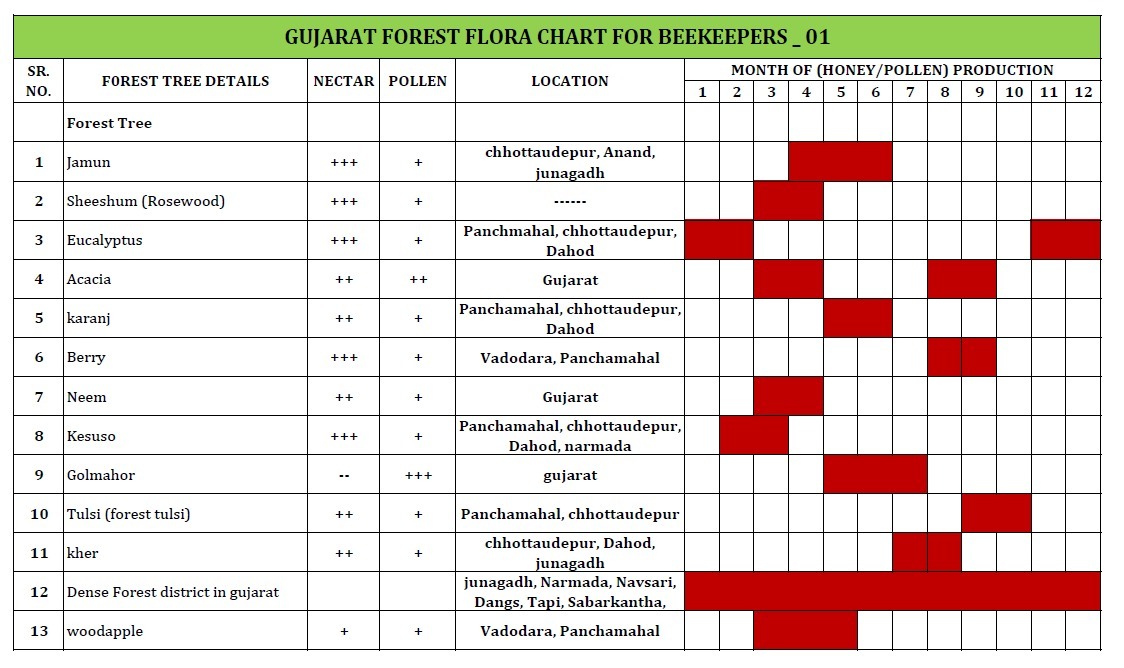
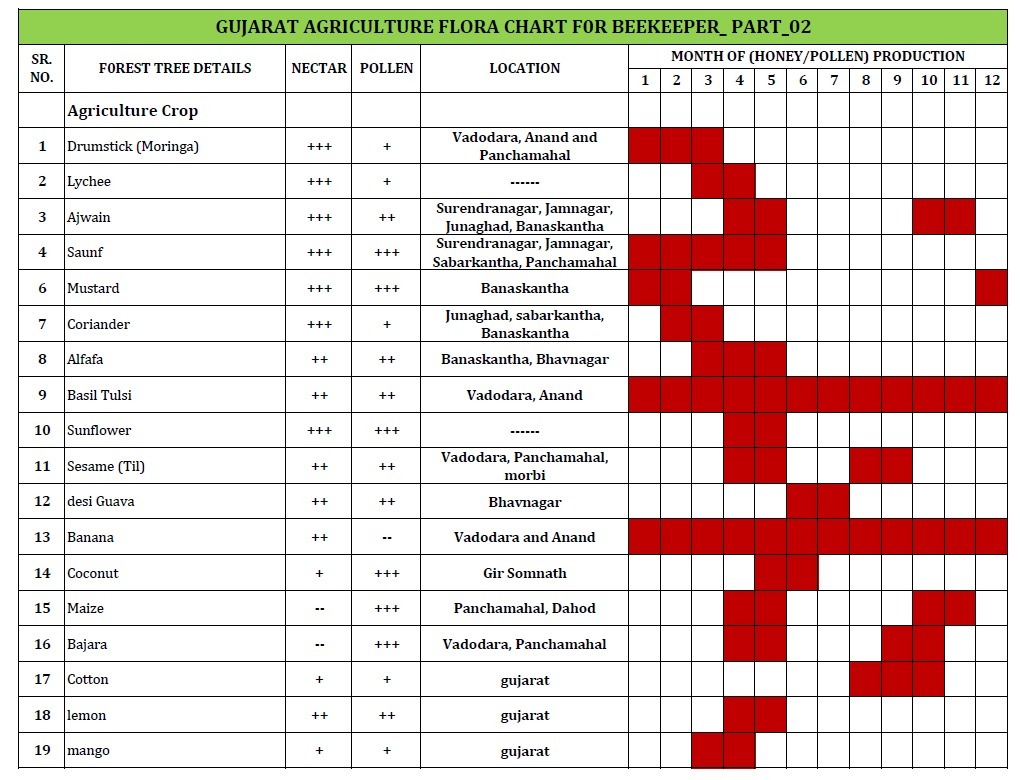
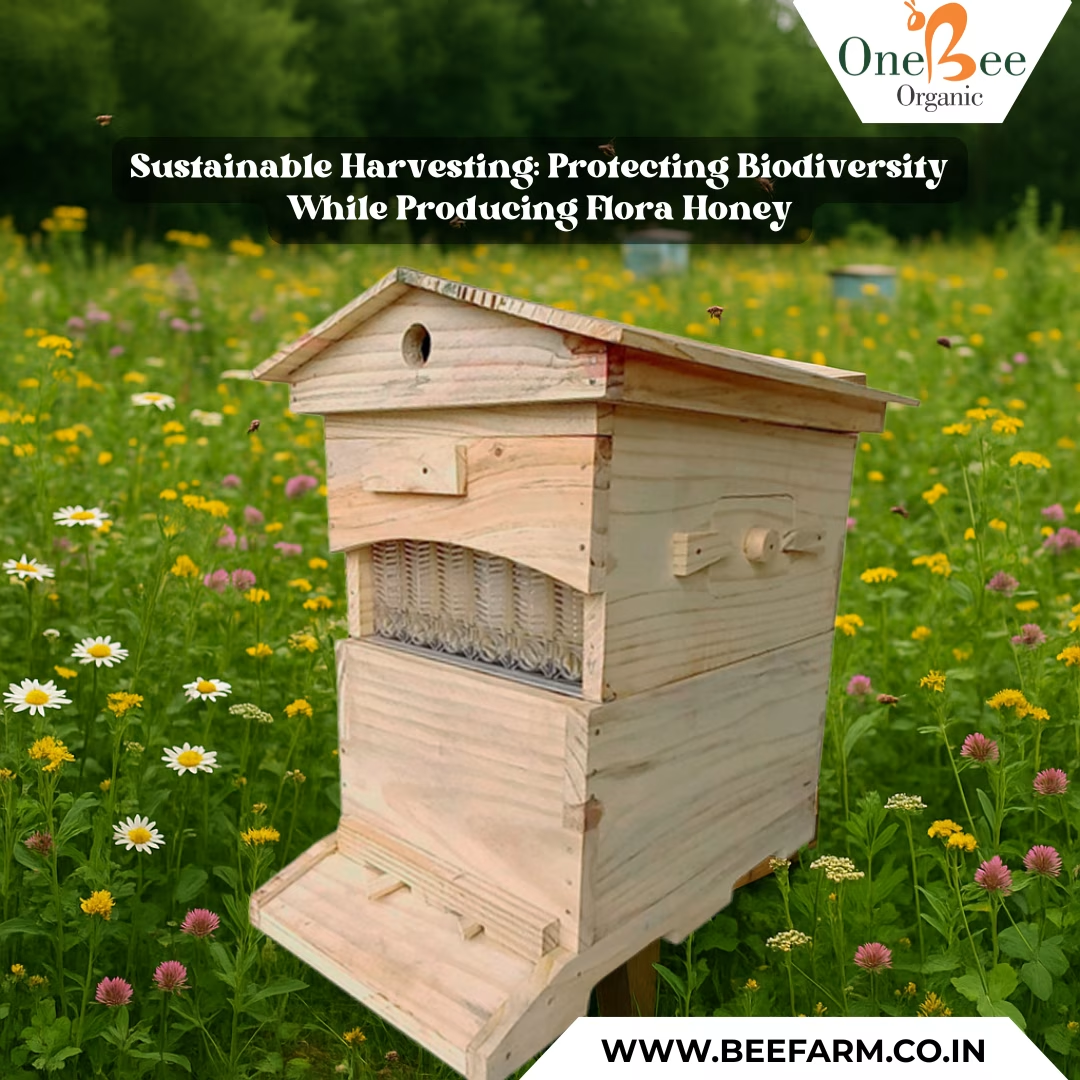

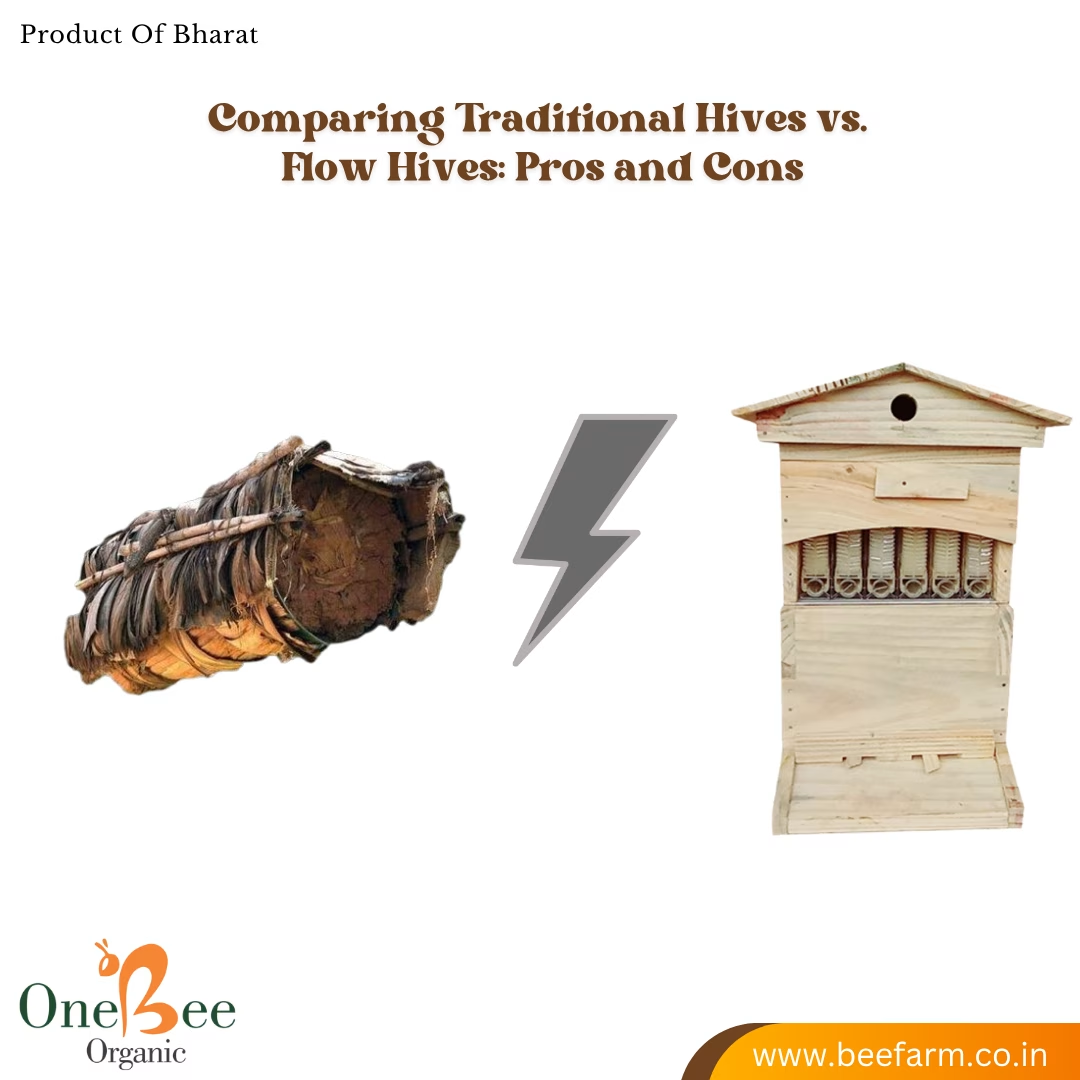

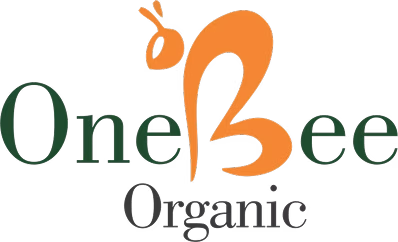
Leave A Comment